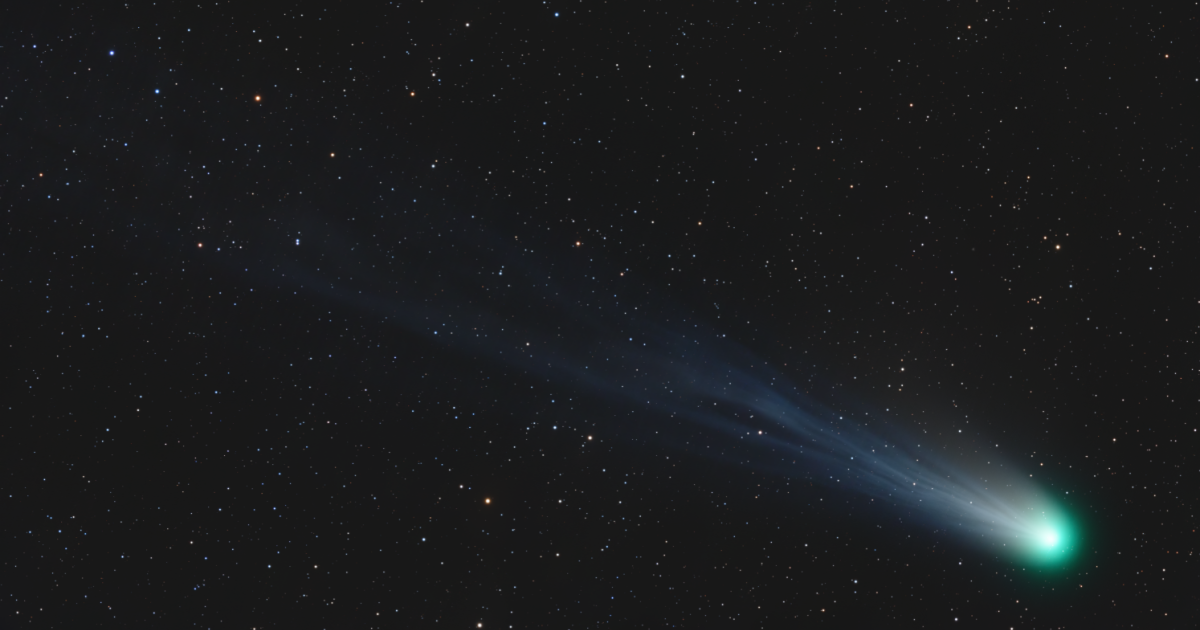
People get a little nervous when you talk about dangerous-sounding objects flying near our planet.
I think it might be due to all of the asteroid/disaster movies Hollywood favored for a time, but who knows for sure/
So, astronomers calling this a “devil comet” is bound to create some anxiety.
And wait until you hear what’s at its core!
The 12P/Pons-Brookes comet is currently visible in the night sky. It explodes periodically, and earned its name for the “horns” that sprouted after a recent eruption.
New images revealed something else, too – a spiral of gas at the comet’s core.
These pictures were captured by Norwegian Jan Erik Vallestad on March 9th.
“The image has been processed in the Pixinsight with moderate stretching to reveal structure in the core. This is doable because the core itself was not ‘blown out’ (saturated) in my original data.”
Comets gain their luminous halo from orbiting the sun. It heats up their bodies, which is made of ice, rock, and dust, until they spew gases into space.
The trailing gases form the distinctive “tail” feature that can stretch for millions of miles.
12P/Pons-Brookes is believed to be cryovolcanic. This means regular eruptions of pressurized, frozen interior that burst through surface fissures.
These exhausts of cold gas could be swirling together to form the apparent spiral at the core.
If you live in the northern hemisphere you can see it with binoculars or a telescope, right near the Pisces constellation.
It is also visible with the naked eye.
With a little bit of the devil’s luck you might have seen it already.
If you enjoyed that story, check out what happened when a guy gave ChatGPT $100 to make as money as possible, and it turned out exactly how you would expect.